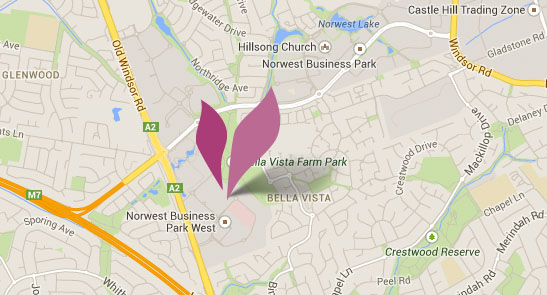Breast Fat Grafting – How does it work?
Breast Fat Grafting in Sydney – Procedure
How does breast fat grafting in Sydney work?
Most cells within the body can be disconnected from their blood supply and placed in another part of the body. If the area that they are being placed in has adequate blood supply and no other problems such as infection, the transplanted cells will gain a blood supply and become living again (graft). Surgeons have begun to use this technique to augment the breasts, performing breast fat grafting in Sydney.
Lessons from skin grafting
To understand fat transfer or fat grafting to the breast, it is useful to consider a similar well established plastic surgery technique such as skin grafting. Skin grafting is an established technique for dealing with skin defects. We know from skin grafting that there are certain size parameters that are important. Thinner skin grafts (or smaller clumps of cells) develop a blood supply more rapidly, and so are more reliable grafts. Thicker skin grafts (or larger clumps of cells) do develop a blood supply, but it takes longer and they require more special care initially. Once a thicker skin graft has ‘taken’ it is more robust and able to withstand minor trauma than is a thin graft.
In addition, there are several theories as to how grafted fat cells ‘take’ – ranging from finding a new blood supply (like skin grafts) to ‘host replacement theory’ in which the dying grafted fat cells send out signals to the surrounding fat cells to replace them. This is further complicated by the use of adipose derived stem cells (ADSCs, or stem cells found in fat) which must secrete growth factors to enhance the survival of grafted fat cells around them.
Sydney Plastic Surgeon Dr Gavin Sandercoe believes that stem cell enriched fat transfer may add some survival benefit to grafted fat cells, and may be a useful adjunctive technique for fat transfer to body areas other than the breast. The behaviour of stem cells is not very predictable. We know that stem cells can change tissues with the growth factors that they secrete. Skin and tissues partially recover from radiotherapy damage after fat grafting or stem cell grafting. As far as Dr Gavin Sandercoe is aware, at the last page update (June 2023) doctors & scientists cannot control which growth factors stem cells will secrete, or how much they secrete. In Australia, 1 in 9 women will have a breast cancer in their lifetime. Placing stem cells that secrete growth factors (that we cannot control) next to a gland that has such a high propensity to cancerous change seems unwise in Dr Gavin Sandercoe‘s opinion.
Breast fat grafting in Sydney
Fat grafting in the past (including breast fat grafting as well as grafting in other locations) has been plagued by death of the grafts (fat necrosis and oil cysts), and had largely fallen out of favour with Plastic Surgeons until the mid 1990s, when techniques developed around harvesting the fat with smaller cannulas (smaller clumps of cells) under lower suction pressures (less trauma to the cells as they were harvested).
Since then the hunt has been on for ways to ‘purify’ the fat cells that have been harvested. Once fat cells have been harvested by liposuction, surgeons are left with a mix of fluid, blood and fat cells. Removing the fluid and blood cells helps give some certainty to the volume of fat that is placed in the recipient site. Sure, we could just reinject the entire syringe of tissue that had just been harvested, but there would be no way to quantify how much fat was delivered, and how much fluid would be just reabsorbed by the body (and provide no long term result), so the results would be more unpredictable. Centrifugation at various speeds and various methods of filtering are the common methods for removing the unwanted fluid and cells prior to breast fat grafting.
Dr Gavin Sandercoe believes that most (but not all) of the questions regarding the safety of fat transfer to the breast have been answered. In recognition of his extensive use of fat grafting in breast reconstruction in Sydney, the largest medico-legal insurance provider in Australia has granted him the first unrestricted policy to cover fat transfer to the breast for cosmetic patients in May 2016.
Patient Education Library




